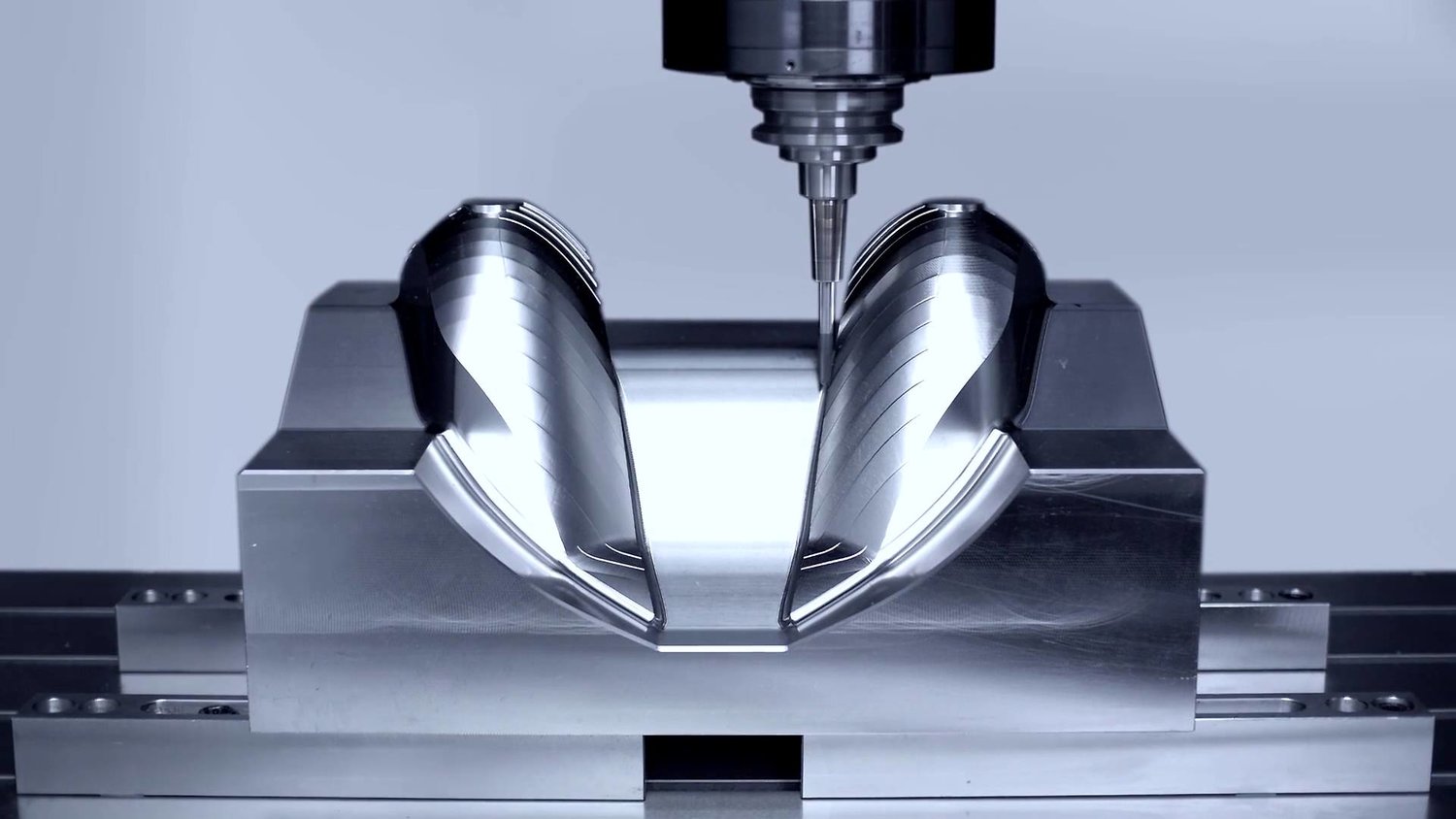For exporters and importers involved in the electronics industry, understanding the nuanced differences between firmware and hardware design is crucial. These components form the core of modern electronics and can significantly influence the success of a product in international markets.
In this article, we will delve into the concepts of firmware and hardware design, exploring their differences, their interconnectedness, and the roles they play in the development of electronic products. This foundational knowledge will not only aid in making informed decisions about product design and development but will also be valuable for discussions with manufacturing partners.

1. Understanding Firmware
Firmware is the permanent software programmed directly into the hardware of an electronic device. Unlike regular software, which can be updated or changed, firmware is created to perform specific control functions. It resides in the non-volatile memory of the device, such as ROM or flash memory, allowing it to boot the device and manage hardware functions.
The Role of Firmware in Electronics
Firmware plays an integral role in the functionality of electronic devices. It acts as the intermediary between the hardware and the higher-level software, managing the hardware’s instructions and operations. Examples of firmware include the BIOS in computers and the embedded operating systems in mobile phones.
2. Diving Into Hardware Design
Hardware design refers to the process of conceptualizing, creating, and developing the physical components and architecture of an electronic device. This involves circuit design, selection of electronic components, and the physical layout of the product.
The Importance of Hardware Design
A strong hardware design forms the skeleton of an electronic device. It determines the device’s capabilities, performance, and limitations. Effective hardware design not only ensures robustness and reliability but also influences the ease of manufacturing and cost-efficiency.
3. How Firmware and Hardware Interact
The relationship between firmware and hardware is symbiotic. Firmware needs a physical medium to reside upon, which is provided by the hardware. Conversely, hardware requires firmware to perform its intended functions. The harmony between the two can dictate the success of an electronic product.
Firmware in the Hardware Development Process
During the hardware development process, firmware is crafted to ensure that the hardware behaves as desired under all conditions. This involves rigorous testing and prototyping, as detailed on [riosHtech](https://www.rioshtech.com/electronics-prototyping/). Understanding and crafting the right firmware for your device can significantly enhance its performance and functionality.
4. Comparing Firmware vs Hardware Design
While firmware and hardware design are closely linked, they differ significantly in their core functions. Firmware is about instructing and directing the hardware, whereas hardware design is about constructing the device that the firmware will operate.
Differences in Development Process
The development of firmware generally involves programming and software engineering skills, whereas hardware design requires knowledge of electrical engineering, material science, and product design. These differences mean that the teams working on each may require different skills and training.
5. The Evolution of Firmware and Hardware
The advancement of technology has led to the rapid evolution of both firmware and hardware. Modern devices often feature more complex firmware to address increasing demands for functionality and user experience, as discussed in [cadCrowd](https://www.cadcrowd.com/blog/how-to-develop-a-new-electronic-hardware-prototype-products-for-your-company/).Hardware design has also progressed with innovations in miniaturization and material technology.
6. Challenges in Firmware and Hardware Design
Developing efficient and reliable firmware is challenging due to the need for optimization and security considerations. Hardware design challenges include ensuring durability, functionality under various conditions, and compliance with industry standards. These elements are crucial in overcoming issues such as capacitor failures, which are covered in [ceramic capacitors](https://blinternationalcompany.com/blog/ceramic-capacitors/).
7. Industry Applications of Firmware and Hardware
The principles of firmware and hardware design apply across various industries, from consumer electronics to automotive systems. Understanding them can improve efficiency and innovation in fields like R&D, as highlighted in the [R&D processes](https://blinternationalcompany.com/blog/electronics-rd-processes-2/).
8. Future Trends in Firmware and Hardware Design
Future trends predict a greater integration of firmware and hardware, with technologies such as IoT, AI, and machine learning playing pivotal roles. These advancements will likely enhance the functionality, safety, and user experience of electronic devices, suggesting promising prospects for the industry’s future.
9. Conclusion
Understanding the distinctions between firmware and hardware design is essential for professionals in the electronics industry. As these sectors continue to evolve, staying informed about their latest developments and challenges becomes crucial. Grasping these concepts not only aids manufacturers but also exporters and importers in making informed market decisions. For more on manufacturing efficiency, you can explore [lean manufacturing principles](https://blinternationalcompany.com/blog/lean-manufacturing-principles/).

FAQs
What is the main difference between firmware and hardware?
The main difference is that firmware is programmed software that controls the functioning of a device, while hardware encompasses the physical components that make up the device.
Why is firmware important for hardware design?
Firmware is crucial because it allows the hardware to perform specific, intended tasks, bridging the gap between the physical components and user interface.
How do advancements in technology affect firmware and hardware?
Technological advancements lead to more complex firmware and efficient hardware. As technology becomes more sophisticated, it demands updated firmware capabilities and cutting-edge hardware designs.


